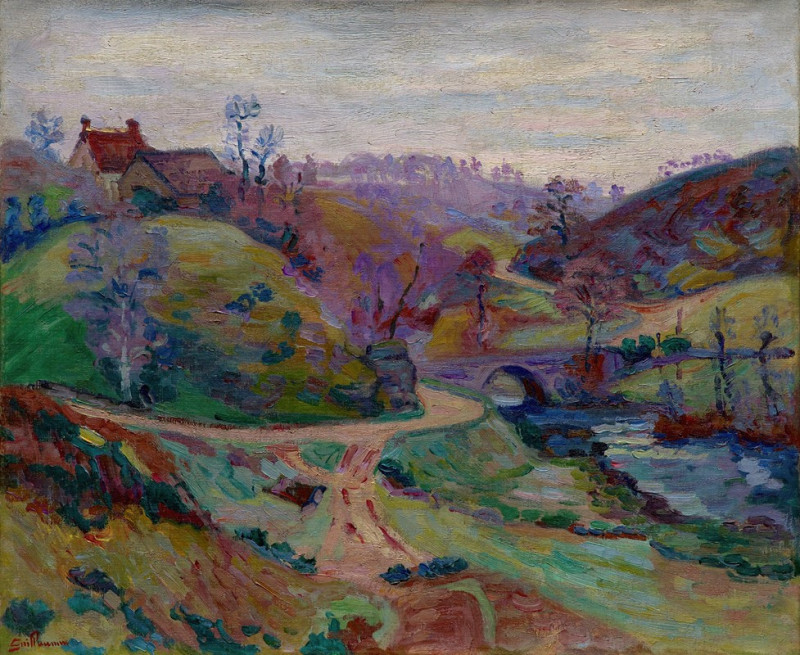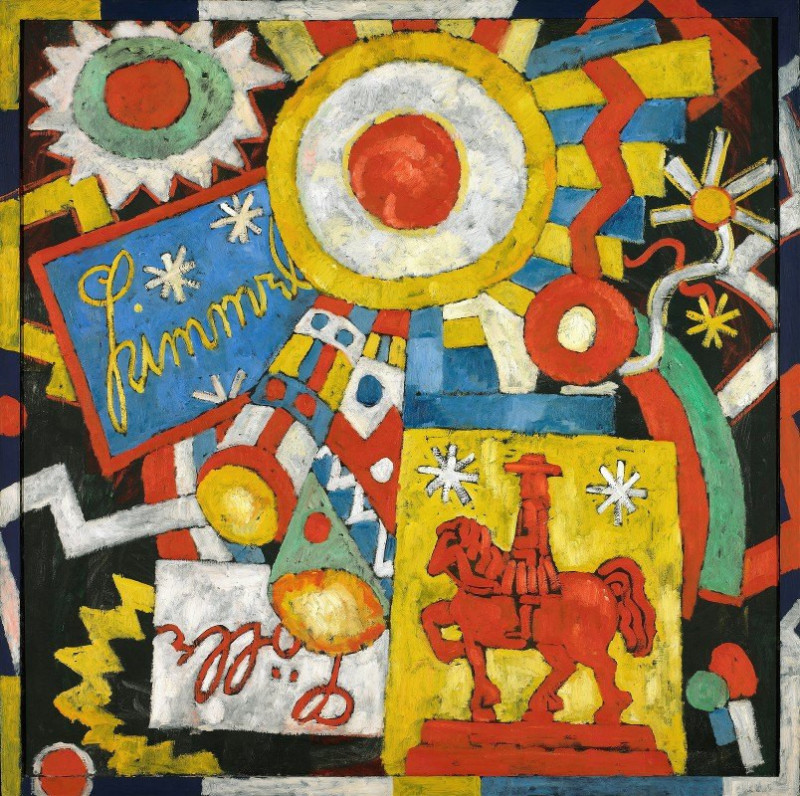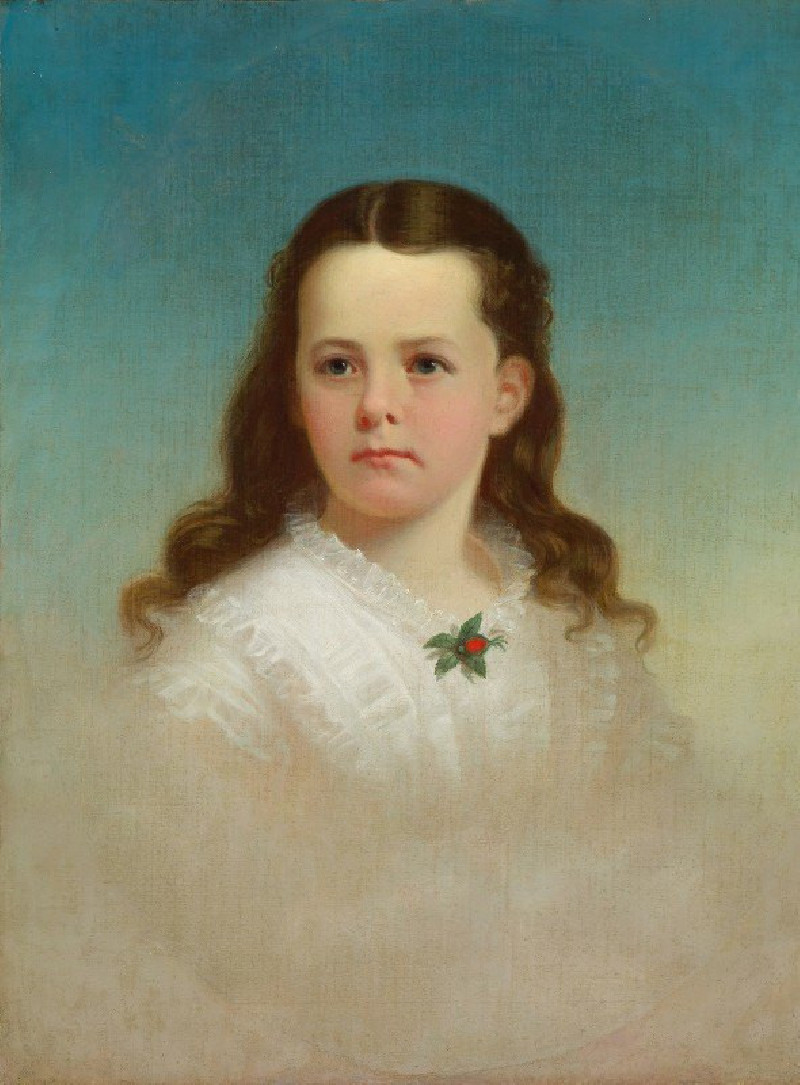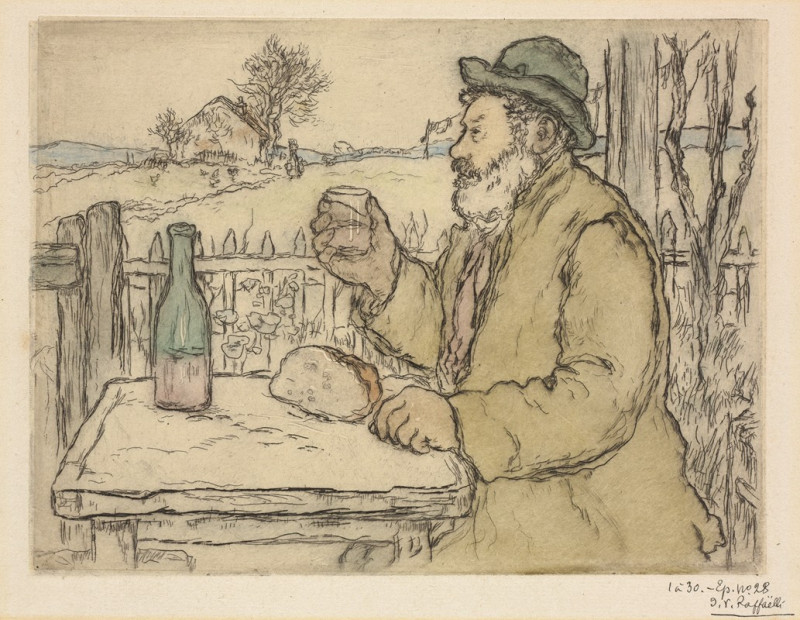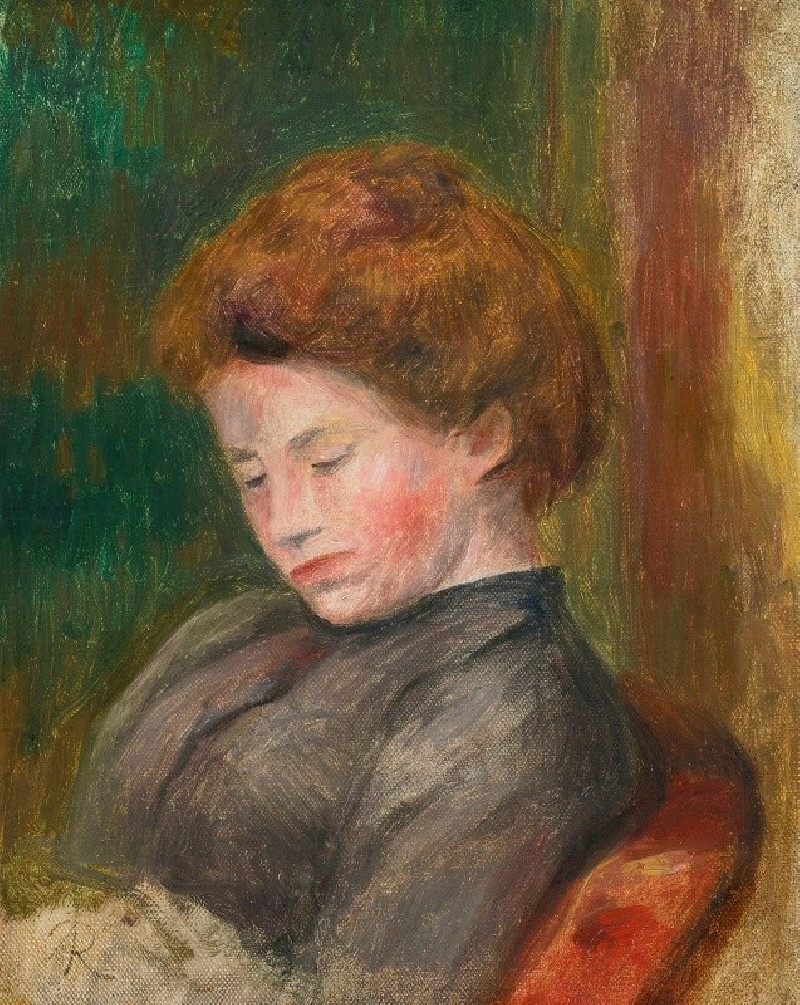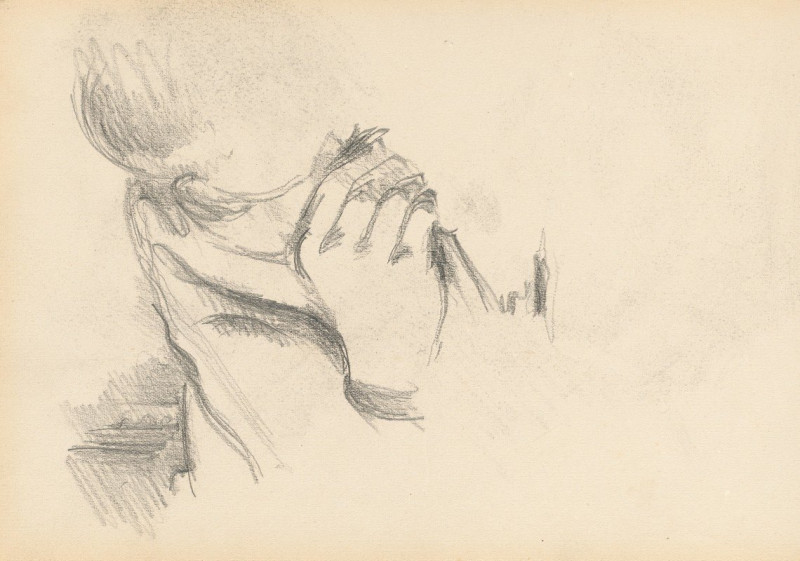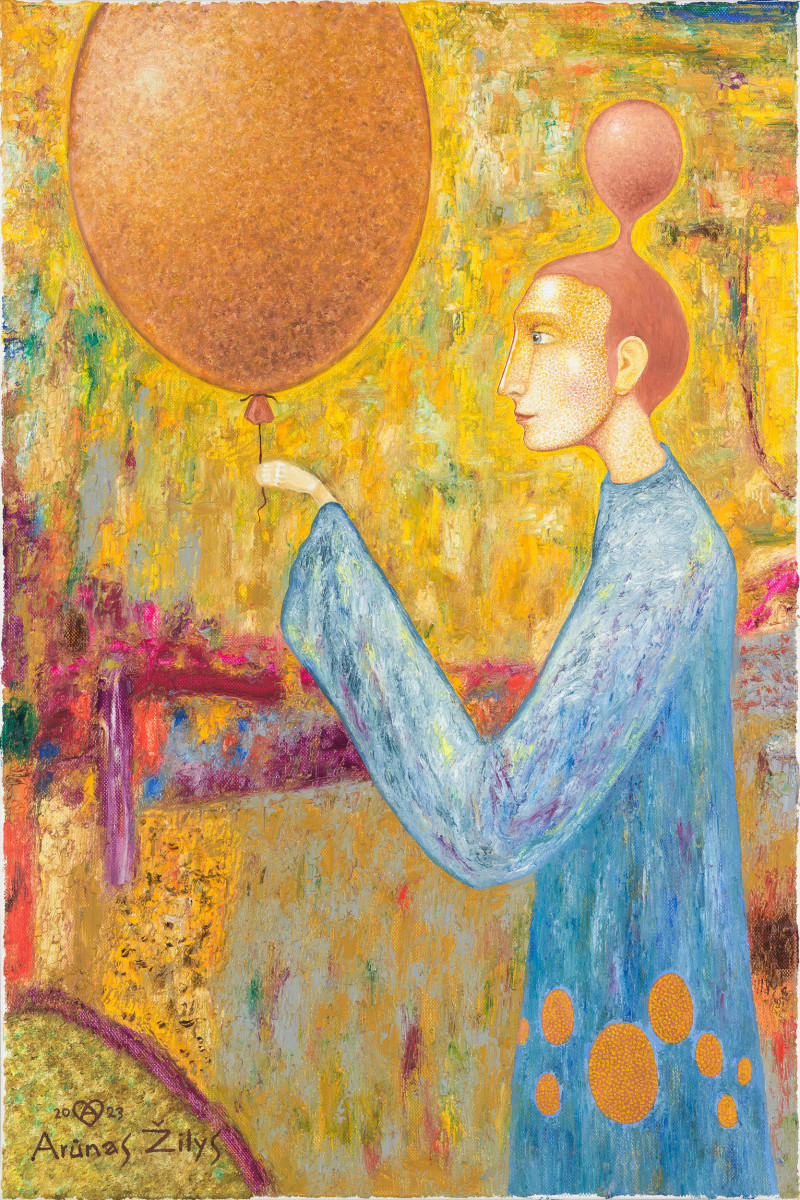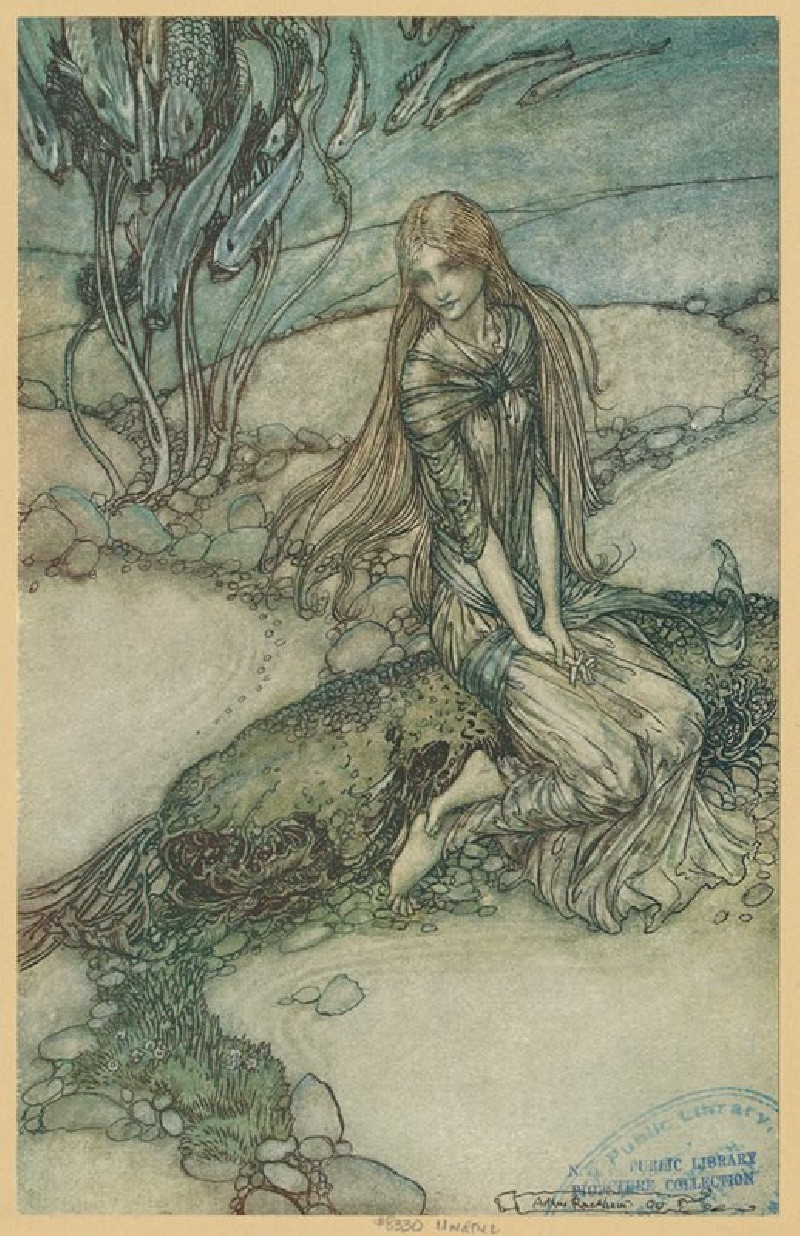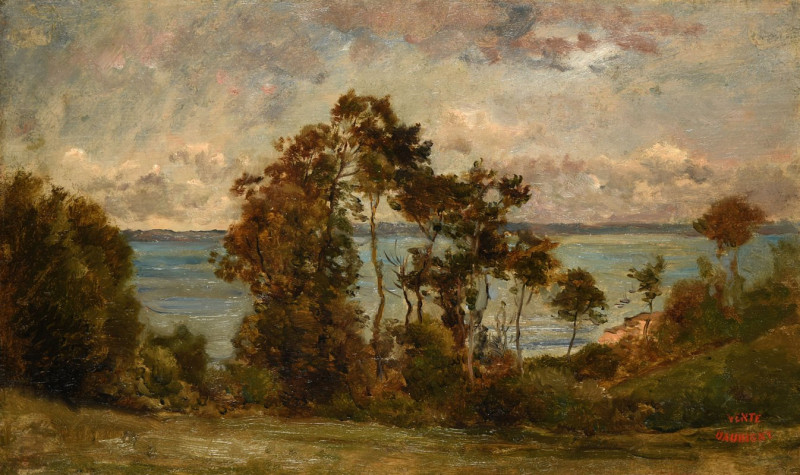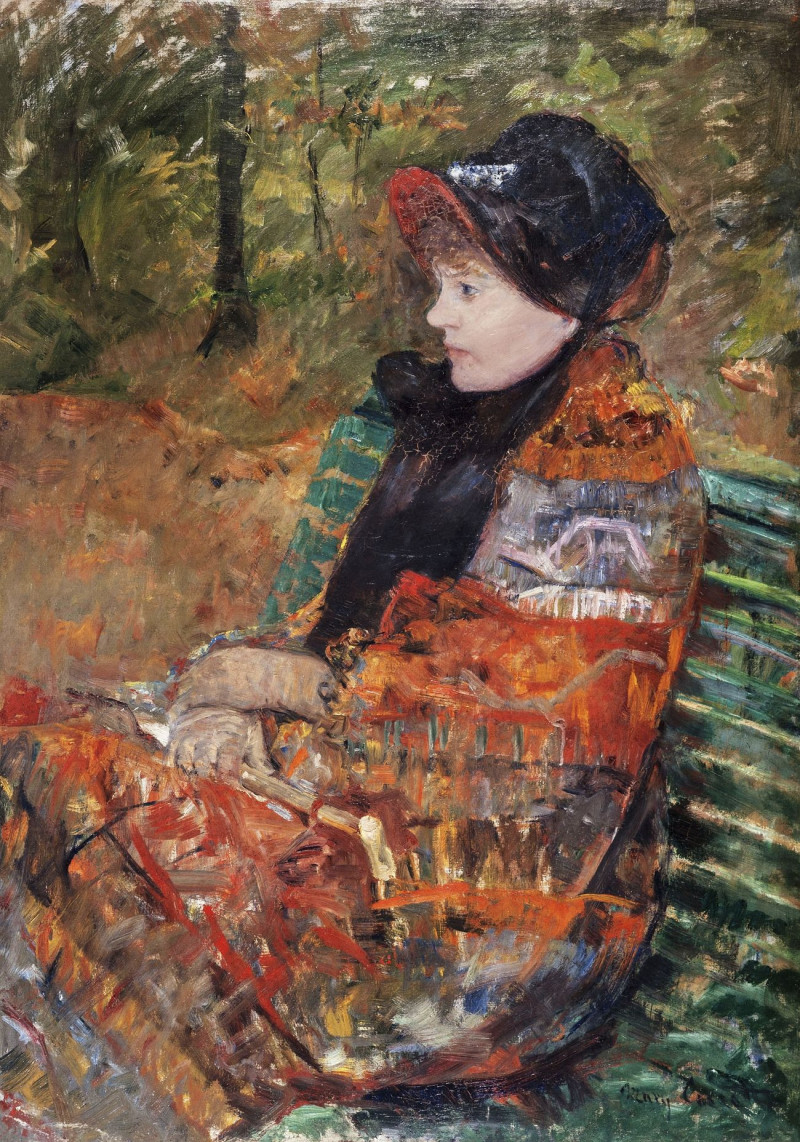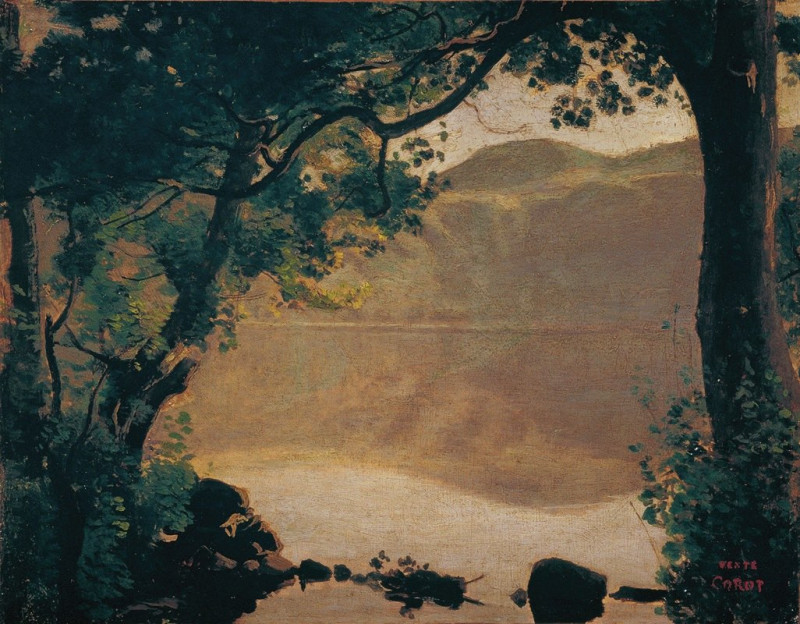Grohmann, Das Werk Ernst-Ludwig Kirchners (1926)
Technique: Giclée quality print
Recommended by our customers
More about this artwork
Welcome to our online gallery where we are proud to feature the distinct work of Ernst Ludwig Kirchner, entitled "Grohmann, Das Werk Ernst-Ludwig Kirchners" from 1926. This artwork, created as the cover for Will Grohmann’s book cataloging Kirchner’s compositions, stands as a testament to the expressive power and stylistic innovation that Kirchner brought to the art world.The painting features a striking, simplified use of line and form, employing a two-tone color scheme that adds a dramatic contrast. In the composition, we can see bold, graphic representations reminiscent of both human and architectural elements. The human face on the right is portrayed with stark lines and a somewhat contemplative expression, symbolizing the introspective nature of the artist. Adjacent, the left of the canvas is balanced with an illustration of a mountainous landscape and a figure that seems to merge with the natural surroundings, possibly depicting the harmony between humans and nature, a recurring theme in Kirchner's work.The artwork is not just a cover but a narrative piece that invites viewers to delve deeper into the world of Kirchner, encouraging an appreciation of his bold linear techniques and his ability to communicate complex themes through seemingly simple visual elements. This piece is crucial for understanding the evolution of Expressionism and Kirchner’s significant influence on modern art.
Delivery
Returns
Ernst Ludwig Kirchner (1880–1938) was one of the most important German Expressionist painters. He was a co-founder of Die Brücke, a group of German expressionist artists formed in Dresden in 1905. Die Brücke and Kirchner took inspiration from Vincent Van Gogh and Edvard Munch, as well as African and Oceanic art. They used woodblock printing as a medium to showcase their signature style: flat, unrealistic images with vivid colors. The recurring themes in Kirchner's artworks included exotic cultures, faraway landscapes, self-portraits, dancers and Berlin street life. His paintings and prints effectively portrayed non-European cultures despite the fact that he never traveled outside of Europe.
































